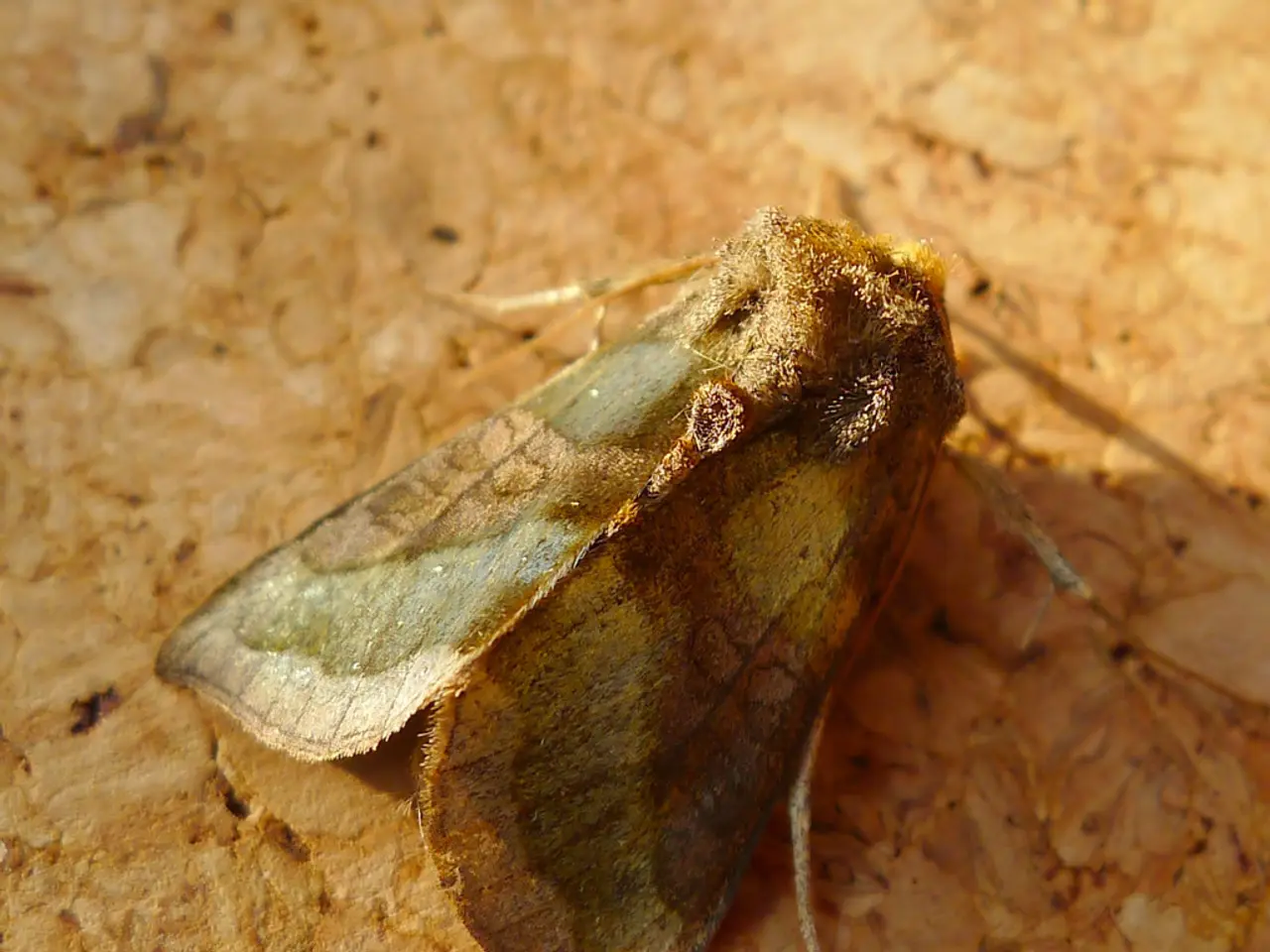Customs and cultural practices of Ahi Pepe
In a groundbreaking citizen science project, Ahi Pepe MothNet is shedding light on New Zealand's native moth population while respecting Indigenous Māori perspectives and practices. Funded by the Participatory Science Platform (PSP), a pilot of the Curious Minds initiative, this project is part of the government's national strategic plan, A Nation of Curious Minds - He Whenua Hihiri i te Mahara.
The project's unique approach involves the development of a protocol to balance kaitiakitanga, or guardianship, with the development of moth reference collections. This balance is crucial in minimizing the impact on moth numbers while enhancing our understanding of these prolific creatures.
Students involved in Ahi Pepe MothNet use Heath moth traps to capture moths for identification and study. Once trapped, the moths are chilled in the fridge to lower their body temperature, making them easier to observe. For each species, two specimens are selected for reference collections.
Before these specimens are preserved, a special karakia, or prayer, is recited, giving thanks to Tāne-mahuta o Rehua, the Māori deity of the forest, for gifting the moths to the Earth. The remainder of the caught moths are then set free.
The selected moths are identified using identification guides, labelled, and pinned to create reference collections. These collections provide valuable data for scientific research, contributing significantly to our knowledge of New Zealand's moth population.
Ahi Pepe MothNet's approach not only prioritizes scientific research but also acknowledges the value that each sacrificed moth offers to the greater moth population. By understanding the real value these moths provide, students and whānau can put their concerns to rest and establish tikanga, or customs, to honour the moths' contribution to the project.
In addition to funding from the PSP, Ahi Pepe MothNet has also received support from various organisations, including Manaaki Whenua - Landcare Research, Te Kura Kaupapa Māori o Ōtepoti, Te Rūnanga o Ngāi Tahu, Te Tumu, University of Otago, Orokonui Ecosanctuary, Otago Museum, and New Zealand's Biological Heritage National Science Challenge.
For precise details on the protocol Ahi Pepe MothNet uses to balance kaitiakitanga with the development of moth reference collections, it would be best to consult official publications or statements from Ahi Pepe MothNet or related Māori research organisations.
- Through Ahi Pepe MothNet, students engaged in environmental-science and education-and-self-development are encouraged to participate in lifelong-learning, balancing the development of moth reference collections with kaitiakitanga, or guardianship, in the process of learning and identifying New Zealand's native moth population.
- As part of their lifetime of learning, students involved in Ahi Pepe MothNet are not only growing their understanding of science, environmental-science, and education-and-self-development, but they are also participating in lifelong-learning practices that respect Indigenous Māori perspectives and customs, particularly by setting free the caught moths and offering a karakia, or prayer, for each sacrificed moth.




